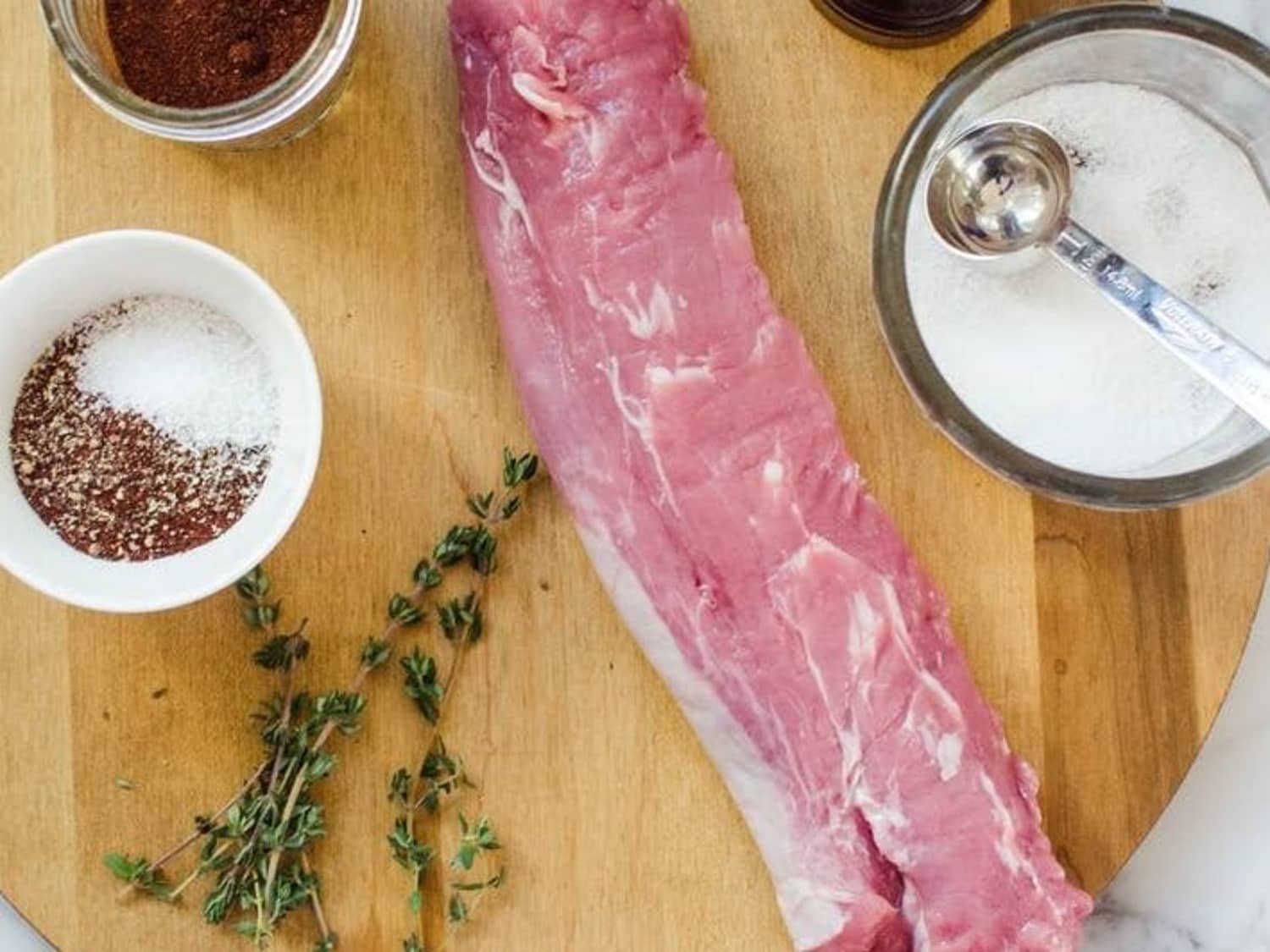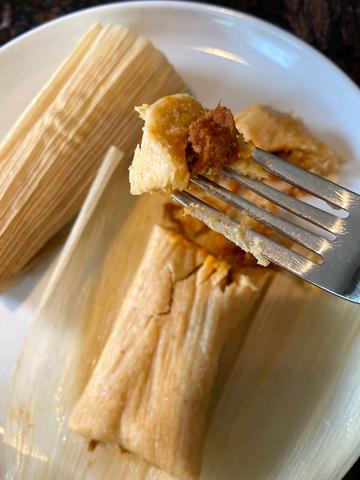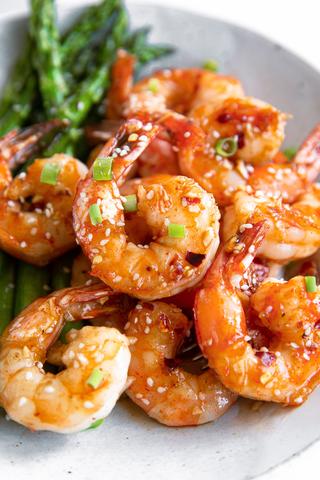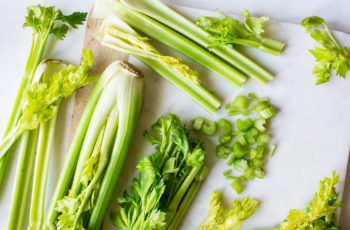
Introducing Beef Silver Skin: A Savory Delight for Meat Lovers! Discover the tantalizing world of beef silver skin, a tender and flavorful cut that enhances your culinary experience. Whether marinated, grilled, or slow-cooked, this succulent meat offers a melt-in-your-mouth texture and an explosion of savory goodness. Join us on a gastronomic journey to savor the exquisite taste of beef silver skin – a true delight for any meat enthusiast!
What is Silver Skin? How to Remove it
Silverskin, also known as epimysium, is a thin membrane of protein elastin that surrounds skeletal muscle. Its main purpose is to separate and support muscles, allowing them to slide past each other easier. However, silverskin is essentially inedible and adds nothing to the cooking or eating experience. Unlike fat, which renders and melts, silverskin will only shrink, twist, and bend. It is also extremely chewy and unpleasant to eat.

When following a meat-based recipe or video tutorial, you may come across instructions to remove the silverskin before applying dry rub or cooking the meat. The reason behind this is that silverskin does not contribute anything to the flavor or texture of the dish. Additionally, when meat smokes, collagen denatures and dissolves while fat renders into gelatin. This causes the meat to shrink as fibers are squeezed and juices are forced out. The same thing happens with silverskin.
What is Silver Skin?
Silver skin, also known as epimysium, is a thin membrane of protein elastin that surrounds skeletal muscle. Its main purpose is to separate and support muscles, allowing them to slide past each other easily. However, silver skin is essentially inedible and adds nothing to the cooking or eating experience. Unlike fat, which can render or melt during cooking, silver skin will shrink, twist, and bend. It is also extremely chewy and unpleasant to eat.
The main reason for removing silver skin from meat before cooking is because it is tough and chewy, making it unappetizing to eat. When meat smokes or cooks, collagen denatures and dissolves while fat renders into gelatin. The meat fibers shrink as they are squeezed, forcing out juices. The same thing happens with silver skin – it shrinks and becomes tougher when cooked.
Additionally, silver skin does not contribute any flavor or tenderness to the meat. By removing it before applying a dry rub or cooking the meat, you ensure a more enjoyable eating experience with tender meat.
How to Remove Silverskin?

Removing silverskin from meat is a relatively simple process that can greatly enhance the texture and taste of your dish. Here are the steps to remove silverskin:
1. Pat dry the meat: Before starting the removal process, make sure to pat dry the meat with a paper towel. This will help you get a better grip on the silverskin and make it easier to remove.
2. Lift the membrane: Use a butter knife or any similar tool to lift one end of the silverskin. Create a small gap or lip between the silverskin and the lean meat.
3. Rip off the membrane: Once you have lifted one end of the silverskin, use a small spoon or measuring spoon to grip and lift it further along its length. You can also use your fingers if you prefer. The goal is to create enough space to grab onto and rip off the entire membrane.
4. Glide the knife along: Starting at one end of the meat, insert a sharp knife (such as a boning knife or paring knife) between the silverskin and lean meat. Carefully glide the knife along while simultaneously pulling the silverskin away from the meat.
5. Repeat if necessary: Depending on how much silverskin there is, you may need to repeat this process multiple times until all of it has been removed.
By following these steps, you can effectively remove silverskin from your meat and improve its overall tenderness and flavor.

Is Removing Silverskin Necessary?
Removing silverskin is not always necessary, but it is generally recommended for a better cooking and eating experience. Silverskin is essentially inedible and does not contribute anything to the taste or texture of the meat. It is tough and chewy, which can make it unpleasant to eat. Additionally, silverskin does not render or melt like fat does during cooking, instead it shrinks, twists, and bends. Therefore, removing the silverskin allows for more tender and flavorful meat.
However, there are some cases where keeping the silverskin on may be beneficial. For example, on beef ribs, leaving the membrane on the bone side can give the meat something to anchor itself to prevent it from falling off during smoking. It is also important to consider the type of meat being cooked – for intercostal cuts like beef back ribs, removing the silverskin may not make a significant difference in meat yield.
In general, removing silverskin is a personal preference and depends on the specific cut of meat being prepared. It is recommended to follow specific recipe instructions or consult guides that provide step-by-step instructions for removing silverskin from different cuts of meat.
In conclusion, beef silver skin is an often overlooked but essential component of the meat. Despite its tough texture, it provides important structural support and contributes to the overall taste and juiciness of beef dishes. While it may require additional preparation techniques, such as trimming or marinating, its presence should not be disregarded as it adds depth and flavor to culinary creations.
Learn More About Grilling
If you want to learn more about grilling, check out these other helpful resources!











